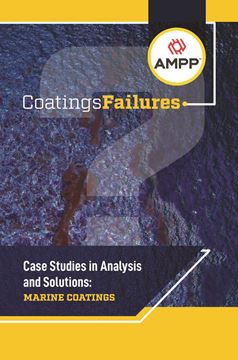Search
Products tagged with 'antifouling coatings'
View as
Sort by
Display
per page
06516 EVALUATION OF ANTIFOULING COATINGS PERFORMANCE TO PROTECT CARBON STEEL AGAINST MIC AND BIOFOULING IN POLLUTED SEAWATER
Product Number:
51300-06516-SG
ISBN:
06516 2006 CP
Publication Date:
2006
$20.00
Coatings Failures Analysis and Solutions - Marine Coatings
Product Number:
37672-pdf
ISBN:
978-1-57590-468-9
$55.00
Coatings Failures: Analysis and Solutions--Marine Coatings
Product Number:
37672-POD
ISBN:
978-1-57590-421-4
$55.00
Copper Antifouling Coatings - Greener then the Headlines. The Latest Regulatory Happenings and How They can Affect You
Product Number:
41212-665-SG
Publication Date:
2012
$20.00
Diagnostic of Antifouling Coating Durability after Exposure in Natural Waters by Electrochemical Impedance Spectroscopy
Product Number:
51220-272-SG
Publication Date:
2020
$20.00
Making an Eco-Efficient Choice for Controlling Fouling Growth in Your Vessel
Product Number:
41211-615-SG
Publication Date:
2011
$20.00








